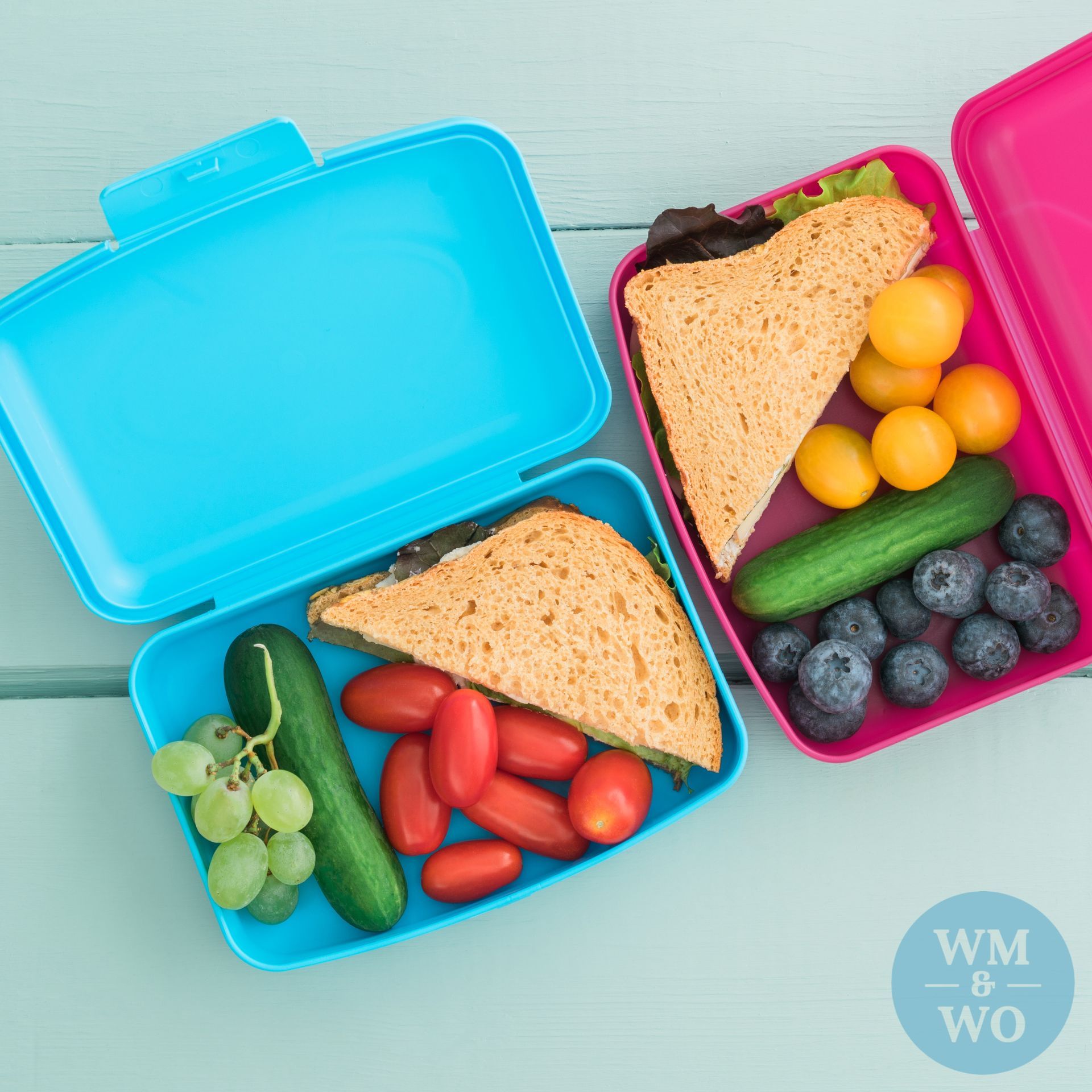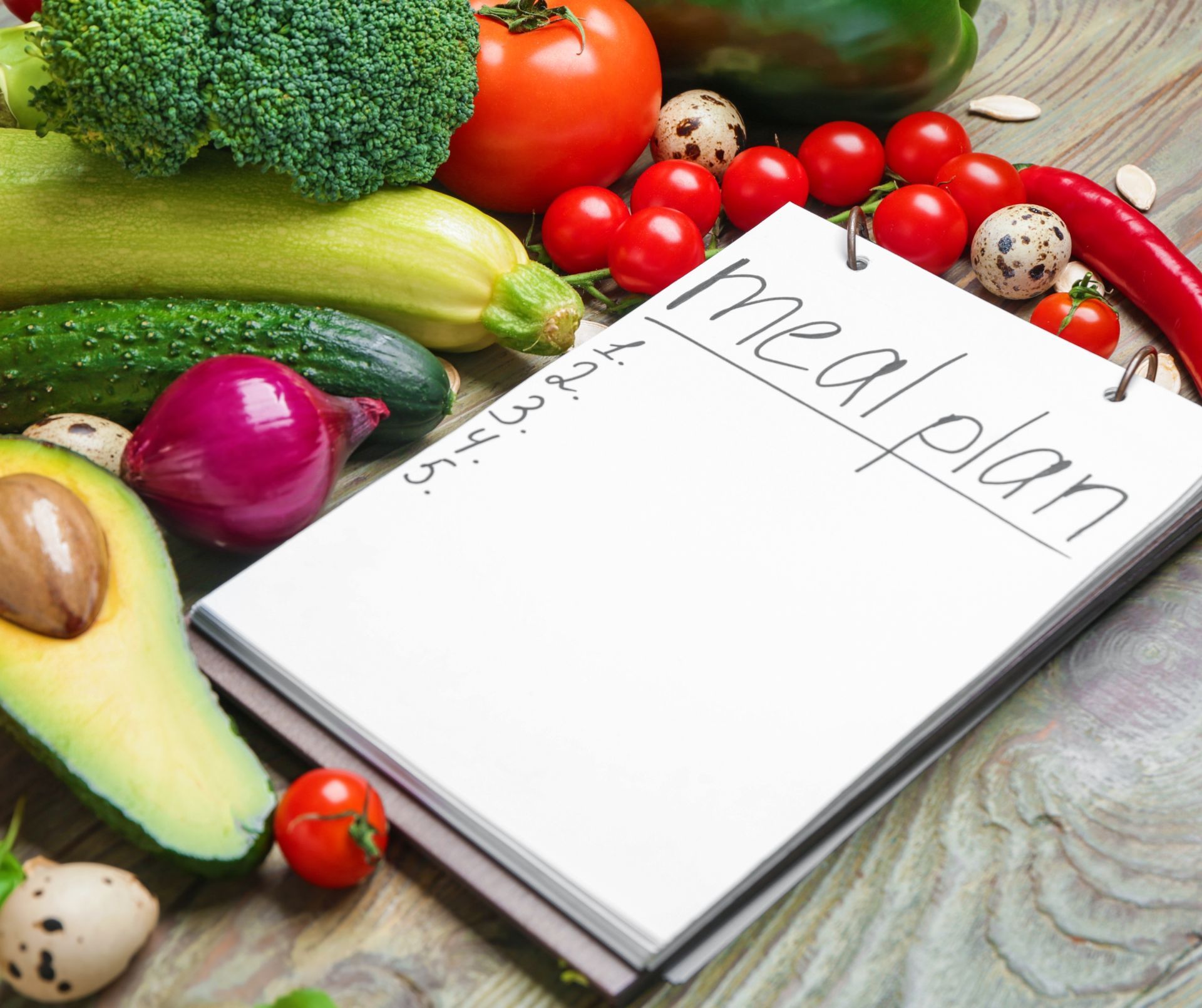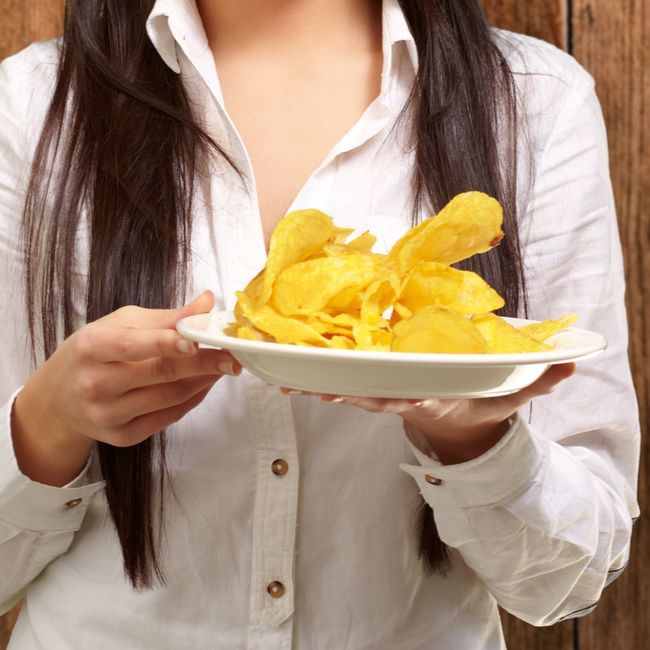PHONE:
Eating Out
Three in five Americans say they eat dinner out at least once a week, and as you’ve probably noticed, restaurant portions have gotten a lot bigger. Unless you have a plan in place, that can be a recipe for regular overeating.
While you can’t directly control the way the food is prepared or the calories in each dish, you can plan ahead, ask questions, and order food that both tastes good and is good for you. With practice, it’ll get easier to separate the healthier choices from the not so healthy and to keep portions under control. Some tips:
Plan Ahead
- Decide what you’re going to order before you go so you don’t feel rushed or tempted by less healthy choices.
- If your meal will be later than normal, have a snack that contains fiber and protein—a small handful of nuts is a great choice—before you go out to avoid getting too hungry. Then cut back by that amount when you eat your meal.
Start Smart
- Drink a big glass of water as soon as you sit down. It’s been shown to help you eat less.
- Skip the chips and salsa or bread that comes to your table before you order. Better yet, ask your server to remove them.
Order Wisely
- Choose baked, steamed, grilled, or broiled instead of fried, breaded, crispy, or creamy to reduce fat and calories.
- Ask for veggies instead of fries or other high-calorie side dishes.
- Avoid items that seem healthy but aren’t, such as salads loaded with dressing, cheese, croutons, and bacon.
- Avoid added sugar—don’t order dishes that have BBQ, glazed, sticky, honey, or teriyaki in their name.
- Order sauces, salad dressing, and spreads on the side and use sparingly. Try dipping your fork in the dressing before taking each bite to enjoy the flavor for fewer calories.
Share and Savor
- Share your main dish or eat half and wrap up the rest for later.
- Enjoy the occasional sweet treat (minus the guilt) by cutting back on carbs during your meal, and get a dessert to share with the table. You won’t miss out—the first few bites are usually the tastiest.
Content source:
Centers for Disease Control and Prevention


Contact Us
We will get back to you as soon as possible.
Please try again later.
Please do not send any confidential/medical information. This space is not HIPAA compliant.
Weight Management & Wellness Online | All Rights Reserved | Created by Olive + Ash. Managed by Olive Street Design | Site Map









